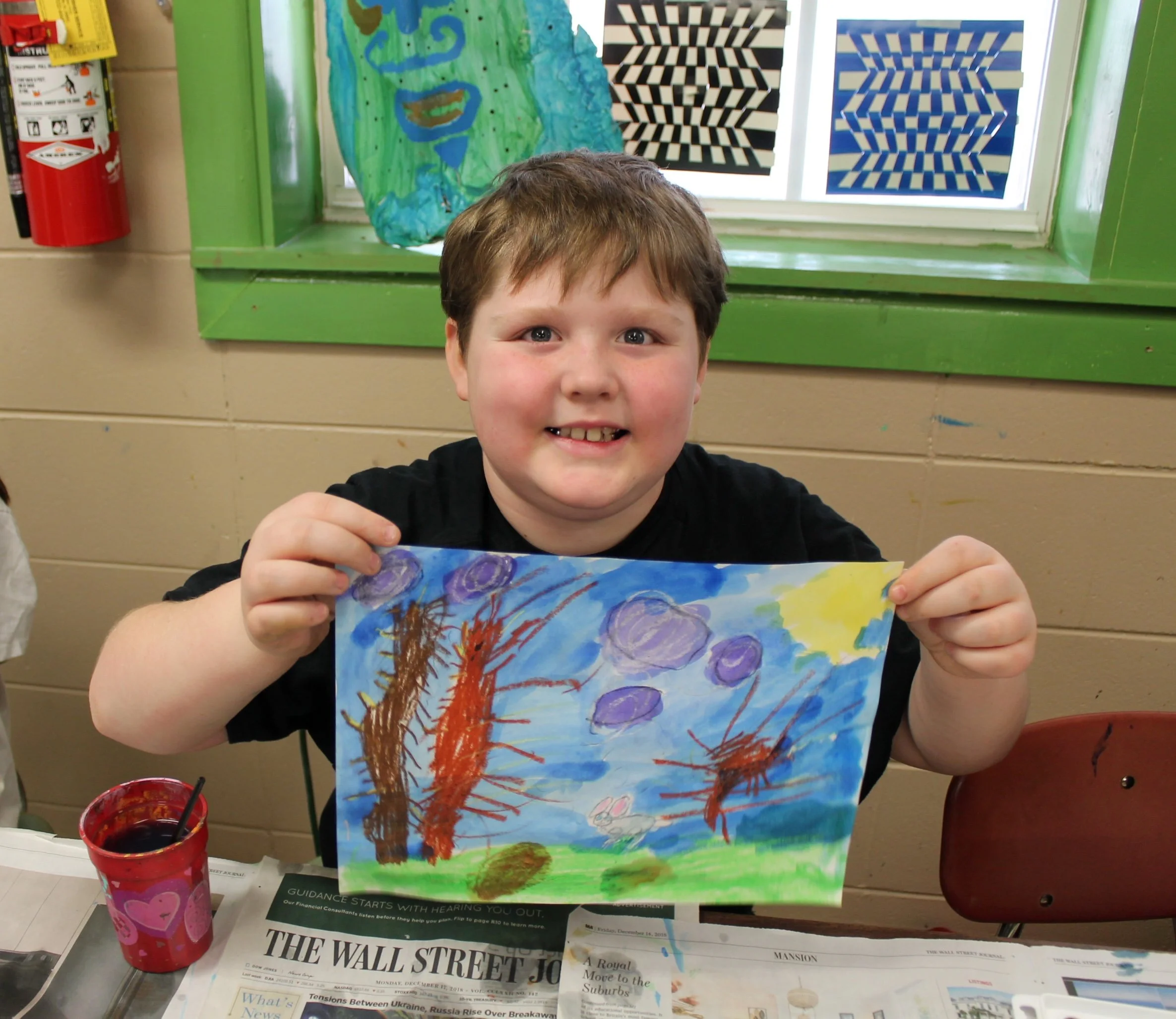The Proven Benefits of Visual Arts Education: How Painting Transforms Kids' Development
Did you know that picking up a paintbrush isn't just fun—it can significantly impact a child's emotional, social, and cognitive growth? Recent research (2023–2025) underscores the powerful role visual arts education, especially painting techniques, plays in children's overall development.
How Painting Techniques Foster Cognitive and Emotional Growth:
Multiple recent studies highlight remarkable benefits when children regularly engage with painting:
Boosted Creative Expression: Children who practice painting frequently demonstrate increased imagination, problem-solving abilities, and originality. Through activities involving colors, textures, and mixing media, kids learn to express complex ideas visually, enhancing creative thinking.
Emotional Development: Painting helps kids process emotions safely and constructively. By engaging with color and abstract art, they find healthy ways to express happiness, sadness, excitement, or frustration.
Improved Academic Performance: Visual arts education positively influences areas like literacy and mathematics. Activities that teach the Elements of Art (color, form, line) and Principles of Design (balance, contrast) sharpen analytical skills transferable to academics.
Connection to Curriculum: Art in Action’s Approach
Our Elementary and Middle School Art Curricula leverage these findings to help children grow holistically. For instance, lessons teaching color mixing, blending techniques, or exploring abstract painting directly enhance children's ability to articulate thoughts and foster self-confidence.
Real-world examples:
Elementary Art Curriculum: Students paint vibrant self-portraits to explore identity, emotions, and storytelling through color and texture. Along the way, they are introduced to a variety of artists—such as Vincent van Gogh and Pierre-Auguste Renoir—to learn about different styles, techniques, and personal histories that inspire creative expression.
Middle School Art Curriculum: Students create landscapes or abstract compositions, improving their observational skills and ability to articulate complex concepts. They explore the work of many influential artists, including Dorothea Lange and Ruth Asawa, gaining insight into diverse approaches to art and the cultural contexts behind them.
Bringing Painting to Life: Art Projects for Kids
"Emotion Portraits": Students paint portraits expressing different feelings, using color theory to depict emotions visually.
"Texture Exploration": Kids experiment with layering paints and mixed media, understanding how textures influence visual narratives.
Art in Action makes integrating these techniques easy, even if you’re not a trained art teacher.
Ready to explore painting’s transformative power in your classroom?
Check out our Elementary and Middle School Art Curriculum resources to discover engaging, research-backed activities that make art meaningful and impactful!




